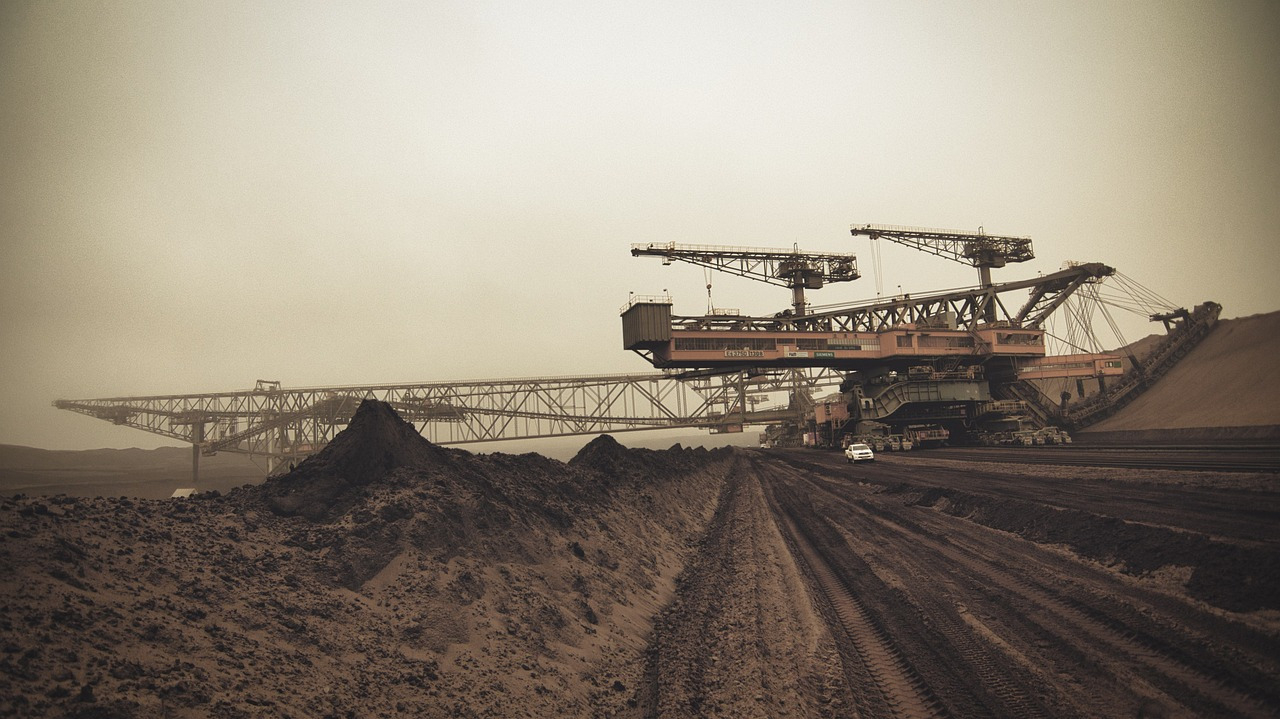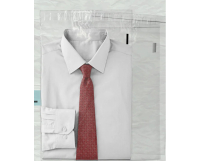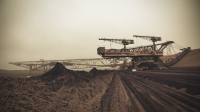Structural Integrity Inspections
They are meant to assess the overall health of the rig's structural components, such as derricks, platforms, and supporting structures. Inspection areas include drilling rig CAT 4 inspections services, corrosion checks, fatigue cracks, welding integrity, foundation stability. The methods used for inspections are non-destructive testing (NDT), visual inspections, and ultrasonic testing.
Drill Pipe and Tubular Inspections
It ensures the drill string components, such as drill pipes, drill collars, and casing, are in good condition and free from defects. Inspection areas include wall thickness measurement, thread and connection integrity, detection of cracks, pits, and corrosion. Drill pipe and tubular inspections use magnetic particle inspection (MPI), ultrasonic testing, and hydrostatic testing.
Blowout Preventer (BOP) System Inspections
The BOP is a critical safety component designed to prevent uncontrolled wellbore releases (blowouts). Ensuring its proper functioning is essential for ram and annular BOPs, seals and valves, control panels and hydraulic systems. The specific methods include pressure testing, function testing, and visual inspections.
Hoisting and Lifting Equipment Inspections
These inspections ensure all lifting gear, including cranes, winches, and hoisting systems, are in safe operating condition. The specific areas are: wire ropes, chains, and slings. Also include sheaves and pulleys, winch drums and motors, safety mechanisms such as load limiters and brake systems. Hoisting and lifting equipment inspections are based on load testing, visual inspections, and NDT.
Rotating Equipment Inspections
Their purpose is to verify the operational health of key rotating equipment such as top drives, mud pumps, and rotary tables. Inspection areas are: bearing wear and alignment, gearbox health, vibration and noise levels. Rotating equipment inspections use vibration analysis, infrared thermography, and oil sampling for contamination.
Mud System and Circulation Equipment Maintenance
The mud system plays a critical role in well control and the removal of cuttings. Proper maintenance ensures efficient fluid circulation, so the inspection areas include mud pumps and motors, shale shakers and desanders, mud tanks and lines. These inspection services are based on pressure testing, filter checks, and visual inspections.
Electrical System Inspections
They are designed to ensure that electrical systems, including lighting, communication, and control systems, are operational and safe. Inspection areas are control panels, generators and electrical motors, wiring and connections. Their common methods are electrical testing, thermal imaging, and visual inspections.
Hydraulic and Pneumatic Systems
Hydraulic and pneumatic systems are essential for the operation of many rig components, including BOPs and hoisting systems. By pressure testing, leak detection, and fluid analysis are properly inspected hydraulic pumps and cylinders, pneumatic actuators, hoses, seals, and valves.
Fire and Safety Equipment Inspections
They ensure that all safety systems, such as fire suppression, gas detection, and lifesaving equipment, are fully functional. Inspection areas include fire extinguishers and suppression systems, gas detectors and alarms, lifeboats and escape routes. These inspections are carried out through functional testing, visual checks, and calibration of safety equipment.
Control System and Instrumentation Checks
They are used to verify that all control systems and instrumentation, such as pressure sensors, flow meters, and drilling control software, are calibrated and functioning correctly. Through drilling control systems, remote control panels, measurement-while-drilling (MWD) and logging-while-drilling (LWD) tools, the specialists conclude calibration checks, software updates, and functional testing.
Essential maintenance also includes environmental and waste management systems, personnel training and competency checks, regulatory and industry standards. Regular inspection and maintenance services are fundamental to the safe, efficient, and regulatory-compliant operation of drilling rigs. Adhering to comprehensive maintenance schedules helps mitigate operational risks, extend equipment life, and ensure the safety of crew and assets.










